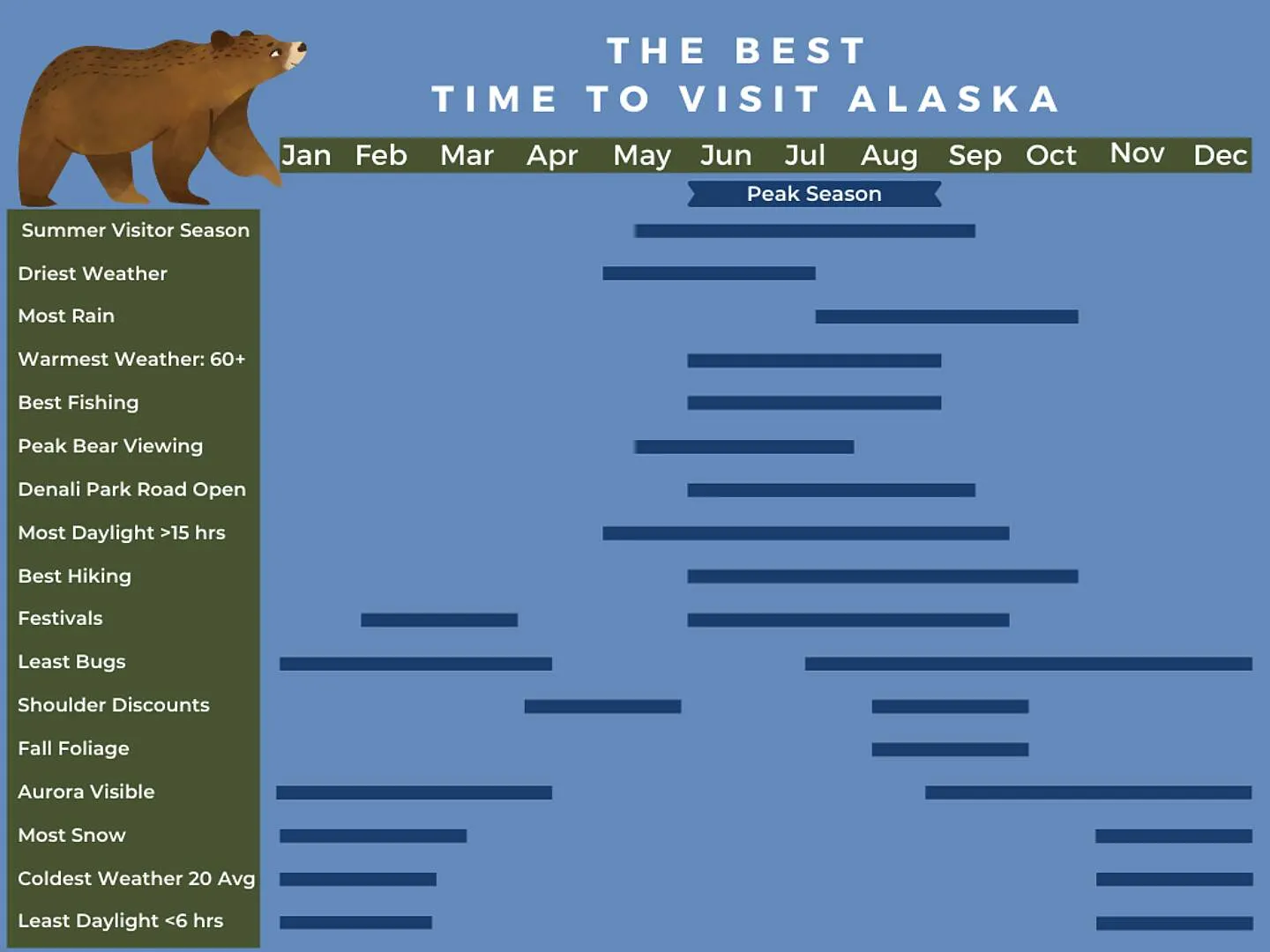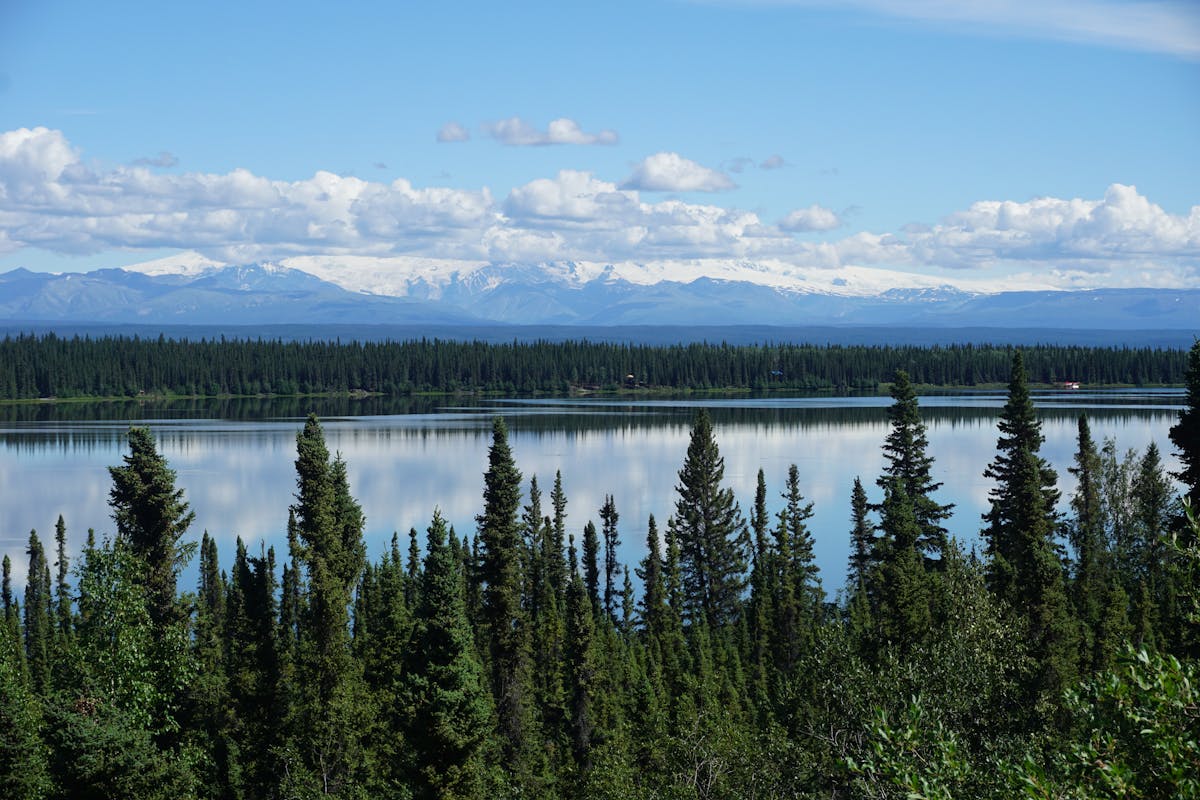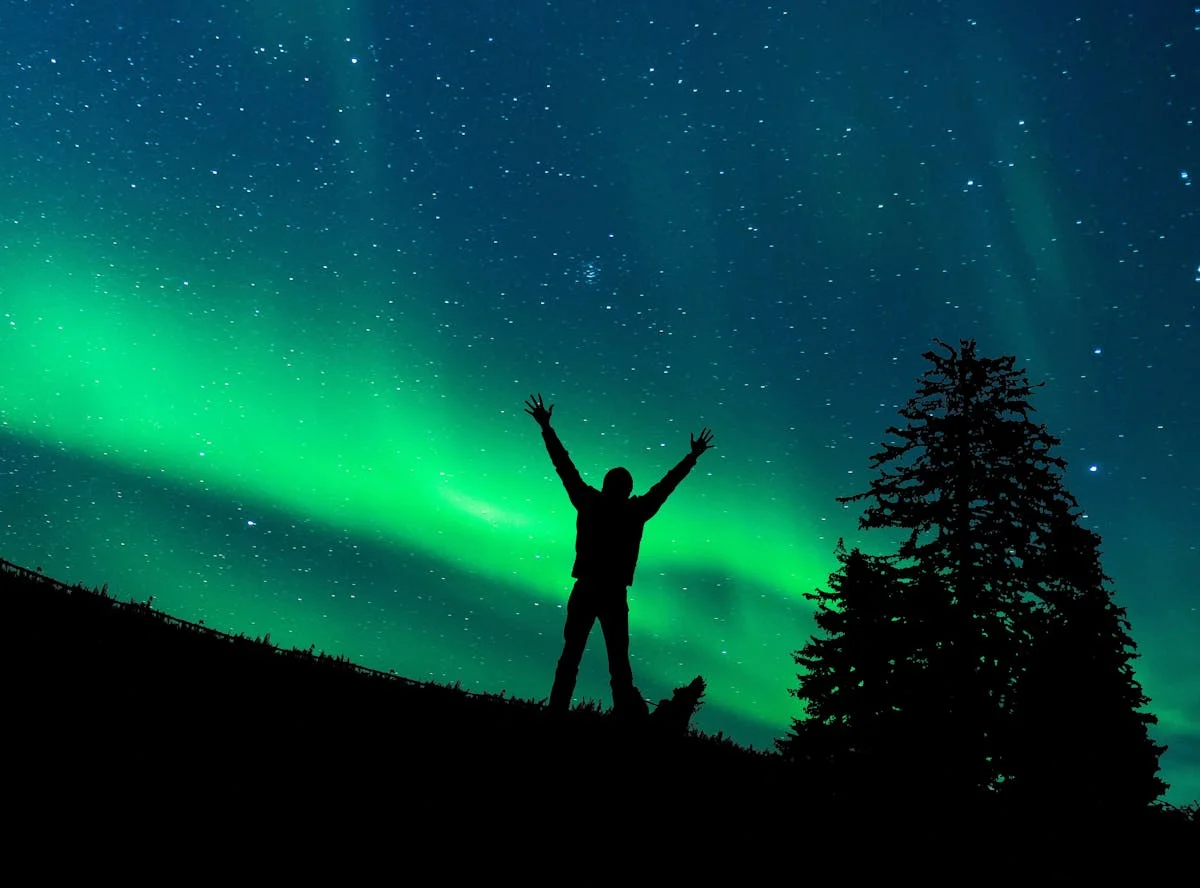Planning a trip to Alaska is an exciting prospect, but often the first question that comes to mind is: When To Go To Alaska? The Last Frontier is a land of dramatic seasonal contrasts, and the ideal time to visit truly depends on what you hope to see, do, and experience. From chasing the elusive Northern Lights to witnessing abundant wildlife under the Midnight Sun, each season offers a unique perspective on this magnificent state. Understanding these variations is key to unlocking your perfect Alaskan journey.
While Alaska is accessible year-round, the peak tourist season aligns with the warmer months when daylight hours are longest and most tours and services are fully operational. However, shoulder and winter seasons present incredible opportunities for different kinds of adventures, often with fewer crowds and lower prices. Let’s explore what each part of the year holds.
Summer: The Peak Season (June – August)
Summer is undeniably the most popular time to visit Alaska. This period, particularly from mid-June to mid-July, represents the absolute height of the Alaskan summer. The weather is typically at its warmest, often ranging from the 60s to low 80s Fahrenheit during the day, cooling down to the 40s and 50s at night. May and September can be 5-10 degrees cooler, marking the edges of the main season.
One of the biggest draws of summer is the incredible amount of daylight. Around the summer solstice in June, Anchorage sees about 19 hours of daylight, Fairbanks even more with 22, and Southeast Alaska enjoys around 18 hours. This ‘Midnight Sun’ allows for packing extensive activities into each day and experiencing unique phenomena like golfing at midnight.
 Calendar showing the best time to visit Alaska with peak seasons highlightedPeak season is popular because it’s when many of Alaska’s best features and activities align.
Calendar showing the best time to visit Alaska with peak seasons highlightedPeak season is popular because it’s when many of Alaska’s best features and activities align.
Wildlife viewing is excellent throughout the summer. Bear viewing tours, especially fly-in trips, are popular and most fruitful in July when salmon runs are peaking. Moose can be seen year-round, but are active in summer. Humpback whales are present from May to September, while Orcas inhabit Alaskan waters year-round. Fishing enthusiasts will find summer to be a prime time, with various salmon runs occurring and charters widely available.
Planning Your travel to las vegas nevada
Plan Your Perfect Mackinac Island Vacation – Your Essential Guide
Exploring Cities In Las Vegas – Uncovering Nearby Wonders 2025
Hiking trails, particularly near Anchorage at lower elevations, are typically snow-free by May and mountain trails by early June, remaining good until mid-October. For trails closer to the Arctic, it’s best to wait until late June for optimal conditions. While summer offers ideal conditions for many activities, it’s also the time when mosquitoes and other biting insects are most active, typically from early June to early August.
Shoulder Seasons: Spring (April – May) and Fall (September – October)
Visiting Alaska during the shoulder seasons offers a different kind of beauty and experience, often appealing to those who prefer fewer crowds and potentially lower prices. Spring, generally April and May, is a time of awakening. Snow begins to melt, waterfalls become powerful, and migratory birds return. May is often the driest month, making it a good choice for those seeking clear skies before the summer rains.

Fall, covering September and October, is marked by stunning transformations. Fall foliage typically peaks from mid-August to mid-September, particularly striking in tundra regions above the tree line. This is a fantastic time for scenic drives. As daylight shortens, the chance to see the Aurora Borealis returns, making the period from August 15th to September 15th an excellent window to combine some late summer activities with potential Northern Lights viewing.
The shoulder seasons mean slightly cooler temperatures and potentially less predictable weather than the peak summer. However, many tours and attractions still operate, especially in September. These months can provide a more relaxed pace and better opportunities to interact with locals. It’s a transition period, offering glimpses of both the outgoing and incoming seasons.
Winter: The Low Season (November – March)
For adventurous travelers seeking unique Alaskan experiences, winter is an incredible time to visit. Temperatures can be extremely cold, often well below freezing, and daylight hours are minimal, particularly in December and January. However, this season is synonymous with the dazzling display of the Northern Lights. Fairbanks, located closer to the Arctic Circle, is one of the best places globally for Aurora viewing due to its position and clear winter nights.

Winter activities abound for those prepared for the cold. Dog mushing, ice sculpting, skiing, snowboarding, and ice fishing are popular pursuits. Major events like the Iditarod Trail Sled Dog Race (starting in early March) draw visitors from around the world. While many summer tourist facilities close down, cities like Anchorage and Fairbanks remain vibrant with local culture and winter-specific tours.
Choosing winter means embracing the cold and limited daylight, but it rewards visitors with unique cultural insights, the highest probability of seeing the Aurora, and the lowest prices and fewest crowds of the year. It’s a completely different adventure from the summer rush.
Choosing Your Best Time to Visit Alaska Based on Interests
Deciding When To Go To Alaska often boils down to what you prioritize for your trip.
- For Best Weather & Most Activities: June and July are your prime months.
- For Wildlife Viewing: May through September, with specific timing depending on the animal (e.g., July for peak bear fishing).
- For Northern Lights: Late August to April, with the darkest winter months (December-February) offering the highest chances.
- For Budget Travelers & Avoiding Crowds: Shoulder seasons (April-May, September-October) or winter generally offer lower prices and fewer visitors.
- For Hiking: Late May/Early June through September/Mid-October.
- For Fall Colors: Mid-August to mid-September.
- For a Combination of Summer Activities and Northern Lights: August 15th to September 15th.
Considering these factors will help you narrow down the window that best suits your travel style and desired experiences in Alaska.
Planning Your Trip: Tips for When To Go To Alaska
Once you’ve decided on the general timeframe for your trip, there are a few planning tips specific to Alaska:
- Book Ahead: Regardless of the season, popular tours, accommodations, and transportation (like Alaska Railroad) can book up quickly, especially during peak summer.
- Pack Layers: Alaskan weather can change rapidly, even within a single day. Layers are essential for adapting to varying temperatures and conditions.
- Be Flexible: Sometimes the weather dictates the day’s activities. Having backup plans or maintaining flexibility can reduce stress.
- Consider Transportation: Road conditions vary significantly by season. Winter often requires specialized vehicles or relying on air/rail travel outside of main cities.
Frequently Asked Questions About When To Go To Alaska
Is May a good time to visit Alaska?
Yes, May is a good time to visit. It’s considered the start of the shoulder season and is often the driest month. Daylight hours are increasing rapidly, lower elevation hiking trails open, and wildlife viewing begins. It’s less crowded than summer.
When is the cheapest time to visit Alaska?
The cheapest time to visit is typically during the low season (winter, November-March). Flights and accommodation are generally less expensive, though fewer tours operate. The shoulder seasons (April-May, September-October) also offer better value than peak summer.
When can I see the Northern Lights in Alaska?
The Aurora Borealis is visible when the sky is dark and clear. In Alaska, this is typically from late August to April. The best time is generally during the darkest winter months (December, January, February) in areas away from city lights, like Fairbanks.
How much daylight is there in Alaska during summer?
During peak summer (June/July), areas like Anchorage experience around 19 hours of daylight, while locations further north like Fairbanks can have up to 22 hours or even 24 hours north of the Arctic Circle.
When is peak season for cruises to Alaska?
The peak season for Alaska cruises aligns with the general summer season, typically from June through August. May and September are shoulder months for cruising, often offering lower fares but potentially cooler weather and fewer daylight hours.
Conclusion
Deciding When To Go To Alaska is a personal choice, balancing desired activities, budget, and tolerance for crowds and weather. While summer offers the most conventional tourist experience with ample daylight and access to most activities, the shoulder seasons provide a quieter charm and transitional beauty, and winter promises the magic of the Northern Lights and unique cold-weather adventures. No matter when you choose to visit, Alaska promises an unforgettable journey filled with stunning landscapes, rich history, and incredible experiences that connect you deeply with nature and culture.
